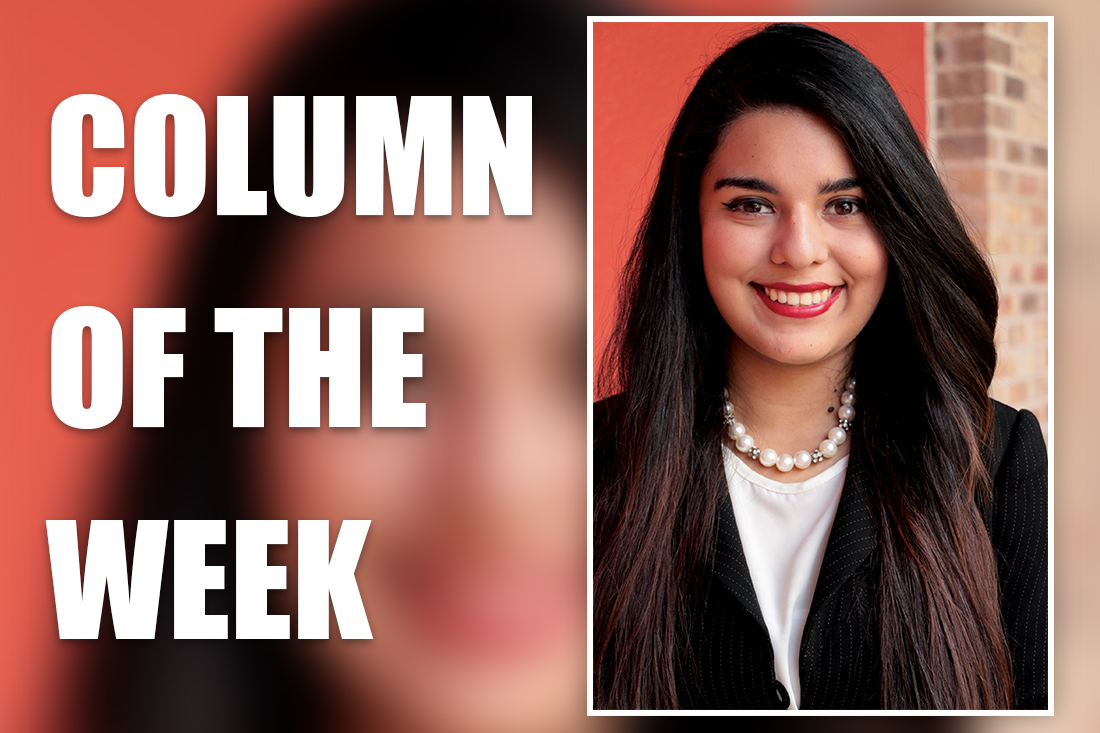
Media. Dictionary.com defines the word as “the means of communication as radio and television, newspapers and magazines, that reach and influence people widely.”
The key word here is influence. We all have our opinions regarding what the media are and what they do or not do.
Technology has evolved the media in a way that gives us immediate access to information.
Amid the many recent movements in our country, such as #BlackLivesMatter and #WeAreOrlando, we’ve seen stories go viral on social media.
Now, you might be thinking what I am leading to.
Well, as I mentioned before, we all have our opinions.
Social media allows people to express their views on these stories and because of this, news outlets can gain a certain kind of reputation when covering these events.
I have seen people comment on Facebook on how the media are covering the wrong side of these stories or how the media aren’t covering enough.
Now, although we all have different backgrounds, the opinions generated on mass media can be explained by the agenda-setting theory.
This theory was first presented in 1972 by Maxwell McCombs and Donald Shaw in an article titled “The Agenda-Setting Function of Mass Media.”
Before I go any further, let me explain why I am even mentioning the theory.
I have recently discovered that people are believing less and less in the news media.
A poll conducted last September by Gallup.com states that four in 10 Americans say they have “‘a great deal’ or ‘a fair amount’ of trust and confidence in the mass media to report the news fully, accurately and fairly.”
For millennials the trust rate is at 36 percent.
As a student journalist, I see this locally. I was at an orientation resource fair recently, where I talked to a group of incoming freshmen and asked one of them if he wanted to learn more about the media. He replied, “No, it’s fine. I don’t trust the media.”
When I asked him why not, he replied he just felt the media was being biased and reporting unfairly.
That leads me back to the agenda-setting theory, which explains how news media can influence the prominence of topics being discussed on the public’s agenda.
For example, if a story is seen frequently in a newspaper or in the first half-hour of a newscast, the audience will regard it as important.
In “The Agenda-Setting Role of the Mass Media in the Shaping of Public Opinion,” McCombs says there is “no pejorative implication” news organizations have a set an agenda; rather, they present us with “results from countless day-to-day decisions by many different journalists and their supervisors about the news of the moment.”
Of course, these decisions are made by editors and producers but some questions they might ask when deciding what to publish or broadcast are how is this news relevant to their readers/viewers? And, was anyone locally affected by this event? If so, how?
Now, I do understand that another factor they might consider are ratings for a station or the number readers for a print publication.
McCombs says the “presence or absence of agenda-setting effects” can be explained by our need for orientation.
Some of us need a higher level of orientation than others, which explains why some of us might monitor the media more than others.
Two weeks ago, after the shooting of the police officers in Dallas, I kept seeing this article pop up on my Facebook newsfeed with the headline “Six Latinos Killed by US Cops This Week and the Media Ignored It.”
People who don’t follow a specific news organization frequently might question its credibility. Since the source of this article isn’t familiar to me, I don’t deem it too trustworthy; however, other people might.
McCombs quotes the 1922 book, “Public Opinion,” in which its author Walter Lippmann notes that the news media is the “primary source of those pictures in our heads about the larger world of public affairs.”
Although they are the primary source, the media do not tell you what to think or even how to think of a story.
As a student journalist, I have been taught to not be biased, not express an opinion and always show all sides of a story.





